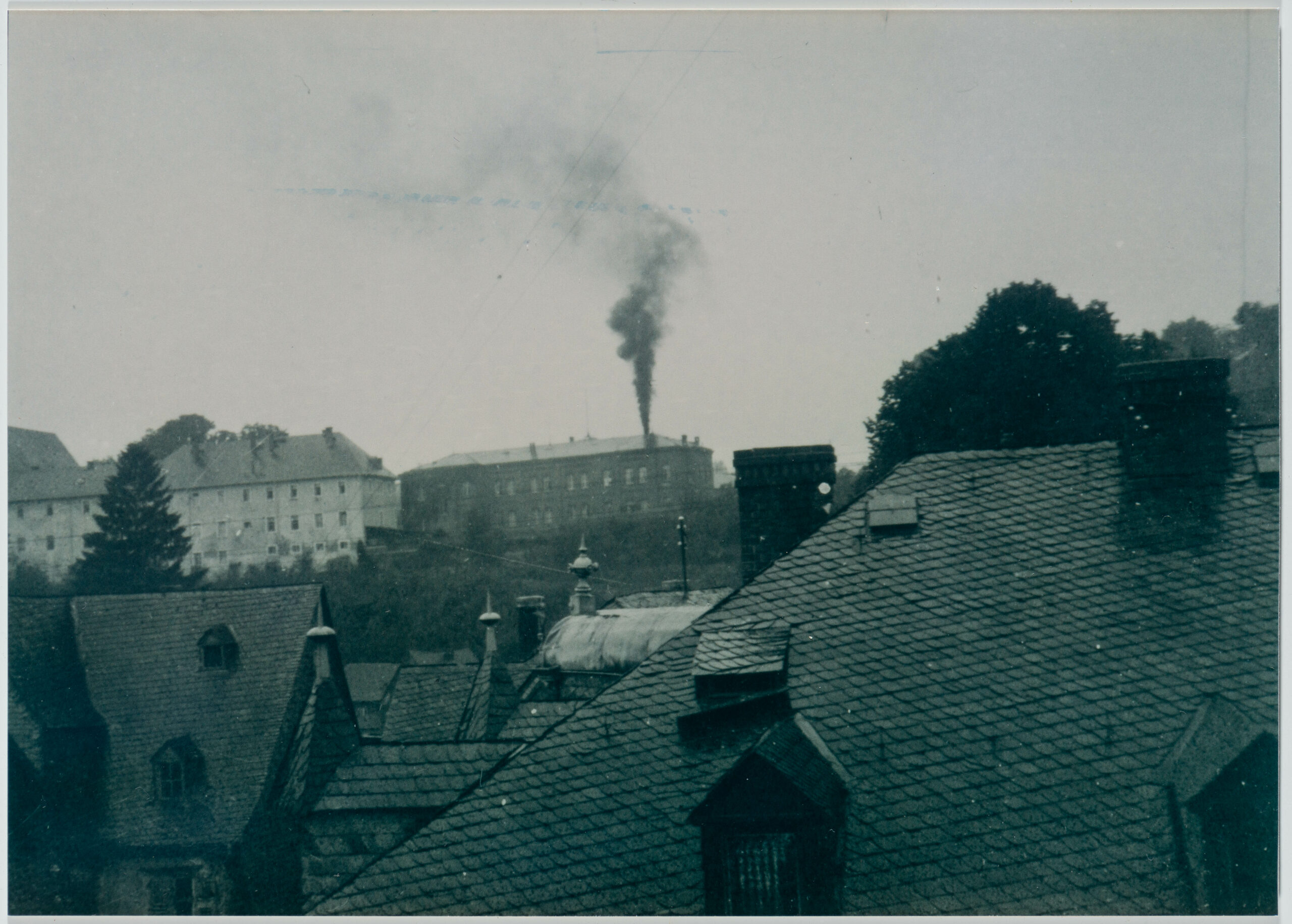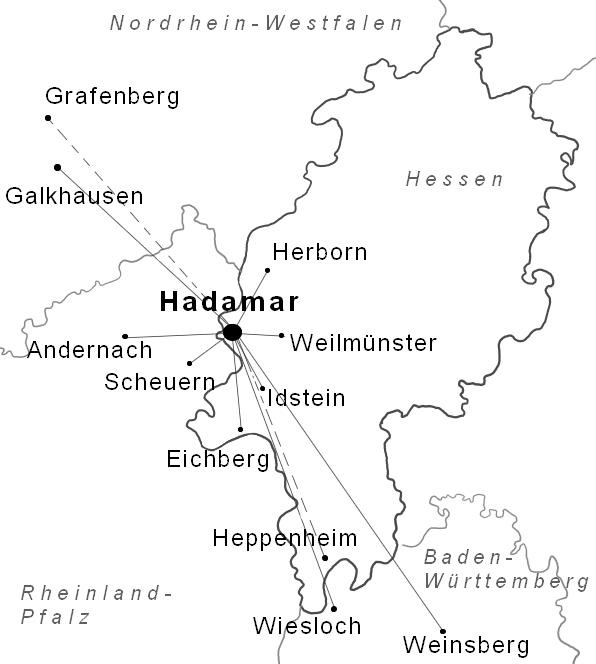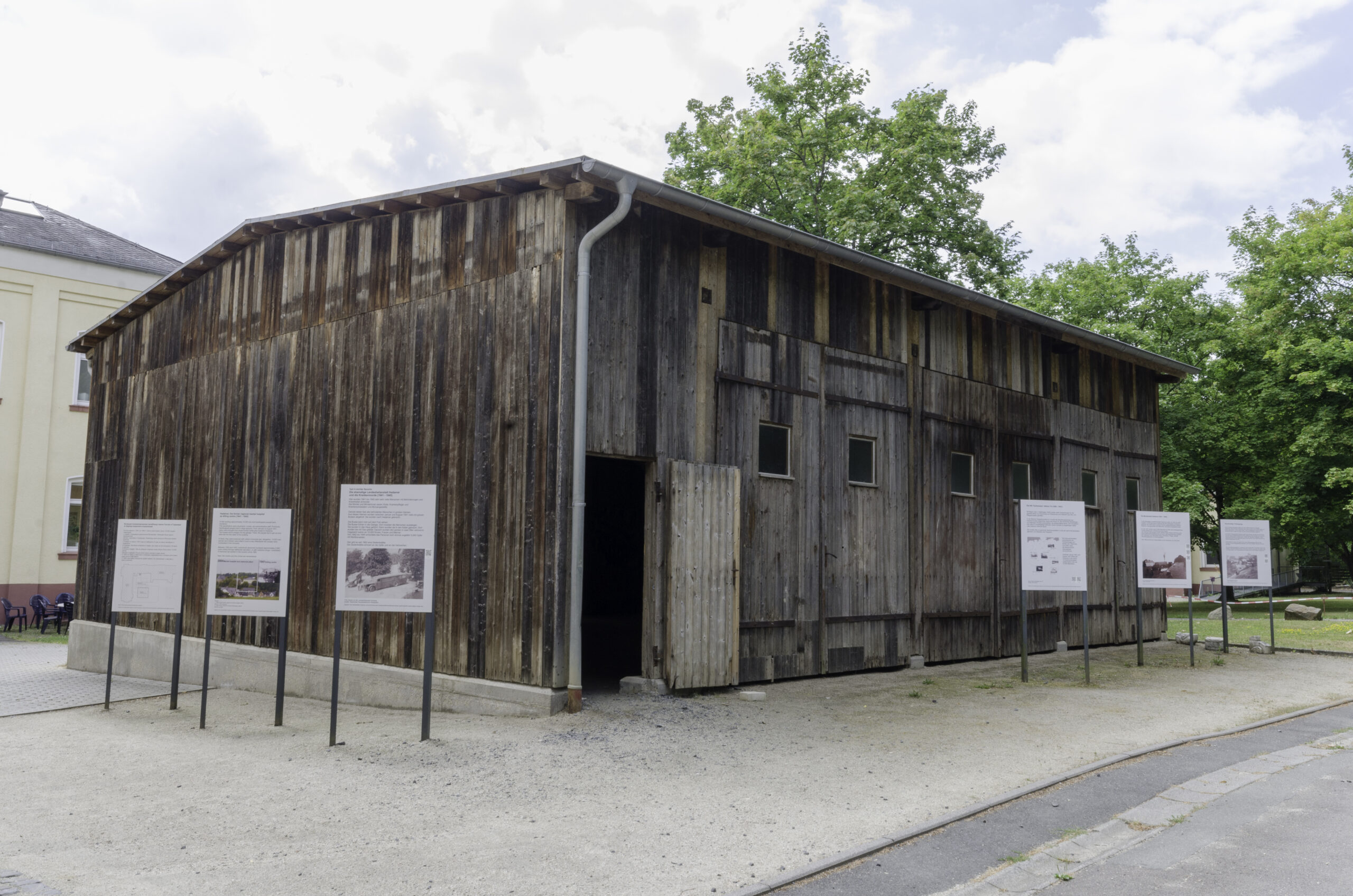At the end of 1940, the building of the Hadamar State Sanatorium (Landesheilanstalt Hadamar) was converted into a killing centre. The contracting authority behind this was the organisation responsible for the centrally controlled “adult euthanasia” programme, which was later referred to as the “T4” programme (Aktion T4). The headquarters of this organization was located on the Berlin street address of Tiergartenstraße 4 – hence “T4”.
Adolf Hitler, Führer and Chancellor of the German Reich, had instructed Karl Brandt, his accompanying doctor, and Philipp Bouhler, head of the Führer’s Chancellery, to carry out the murders. Both men were at the forefront of the “T4” programme.
The psychiatric hospitals in the German Reich, often referred to as state sanatoriums or convalescent and care homes, first received registration forms, so-called “Meldebögen”, from the health administration of the Reich Ministry of the Interior, in which they had to report on patients.
On the basis of these registration forms, so-called “Gutachter”, often professors of psychiatry and heads of institutions, were called on as experts to assess the patients and then decided between life and death. Those who were no longer able to work or had been long-term institutional patients or had not heard from relatives in a long time had little chance of survival.
It was in these killing centres, which had been set up for this specific purpose, that these persons were murdered at the beginning of 1940. The Hadamar killing centre was the sixth and last murder site that was set up during the “T4” programme. The 13th of January 1941 marks the beginning of these murders. These individuals were first moved to “intermediate institutions” where they awaited transport to the Hadamar killing centre.
The “intermediate institutions” leading to Hadamar were located in Herborn, Weilmünster, Idstein (Kalmenhof), Eltville (Eichberg) in what is today the state of Hesse, Galkhausen (now North Rhine-Westphalia), Andernach, Schauen (now Rhineland-Palatinate) as well as Wiesloch and Weinsberg (now Baden-Württemberg). It was from Düsseldorf-Grafenberg (now North Rhine-Westphalia) and Heppenheim (now Hesse) in particular that patients who were considered Jews according to Nazi racial policy were forcibly taken to Hadamar.



